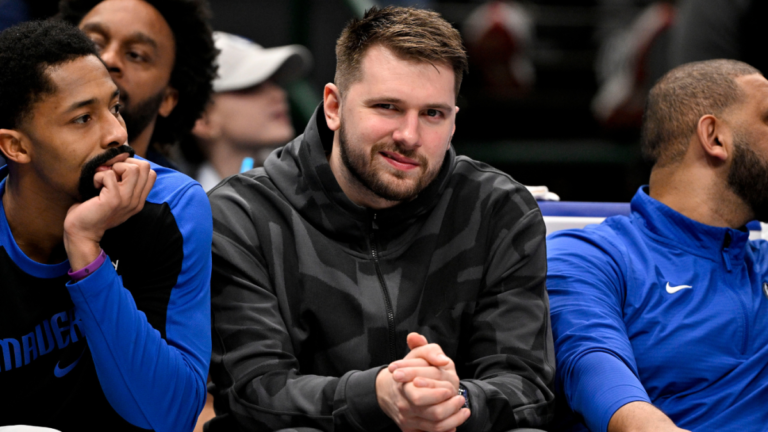The Dallas Mavericks’ most recent injury report ahead of a 130-108 victory against the Washington Wizards highlighted six key players, several of whom are integral to the team’s rotation. The injury woes began on Christmas Day when franchise star Luka Doncic suffered a left calf strain, and they’ve continued since. Starting center Dereck Lively II and backup forward Maxi Kleber are both expected to miss significant time due to fractured feet. Additionally, Dante Exum is yet to play this season after wrist surgery, though his return is expected soon.
This has led to a rough patch for the Mavericks, who have posted a 6-12 record without Doncic, slipping from fourth to ninth in the competitive Western Conference, just 1.5 games ahead of the 11th-placed Golden State Warriors. Despite the standings suggesting the Mavericks should make a move, the team’s current injury crisis makes rushing into a trade seem unwise.
With the trade deadline approaching in under 10 days, here are three reasons Dallas should remain patient:
Doncic’s return is likely soon
Doncic was re-evaluated on January 25, exactly a month after his calf injury. While no specific update was given, his goal is to return before the All-Star break, according to Mike Curtis of the Dallas Morning News. This is promising for a Mavericks team struggling without him. His return before the break will be like making an acquisition, as his presence alone could push Dallas back into the top six in the West. While Doncic will need time to regain full form, his return will significantly boost a team that has ranked 21st in offense since his injury.
In the 22 games Doncic has played this season, he’s averaged 28.1 points on 46.4% shooting, ranking fifth in the league in scoring. He’s the catalyst for Dallas’ offense, and without him, Kyrie Irving has been forced to take on too much responsibility without another reliable playmaker.
Dallas has a top-four roster when healthy
The Mavericks’ lineup of Doncic, Irving, Klay Thompson, PJ Washington, and Lively has a 127.9 offensive rating, the fourth-best in the league. However, they’ve only played 14 games together due to injuries to Doncic, Irving, and Lively. Despite the lack of games, this lineup shows great potential for a team that reached the NBA Finals last year. Though Lively’s return may not come until just before the playoffs, Daniel Gafford has been an excellent substitute, averaging 18.5 points, 10.8 rebounds, and three blocks in the interim.
If Dallas were healthy before the deadline, it would be easier to assess their needs for a deep postseason run. But with the current injury situation, the best move seems to be standing pat unless there’s a clear upgrade available.
Potential short-term targets
If the team were healthy, an upgrade to the bench might have been worth considering, but right now, the most pressing need is for frontcourt depth. With Lively out until March or April, Kleber sidelined with a fractured foot, and Dwight Powell dealing with a hip strain, this should be the focus at the deadline. However, Dallas shouldn’t trade assets for the sake of acquiring someone. A low-cost backup center or power forward would be a smart addition if available.
Players like Robert Williams, who’s had limited playing time with the Trail Blazers due to a frontcourt logjam, could be a viable option. Williams is a former All-Defensive player but has struggled with injuries, making him a potential stopgap until Lively returns. Kevon Looney, who has fallen out of the Warriors’ rotation, could be another affordable option on an expiring deal. Andre Drummond, a standout rebounder, might also be available from the Sixers, though his player option for next season could complicate matters.
While the Mavericks are limping into the trade deadline, their high expectations for the rest of the season remain intact. After making key moves last season that helped them reach the NBA Finals, the Mavericks should focus on getting healthy and making minor adjustments rather than rushing into major trades. It may not be the most exciting strategy, but with half the rotation sidelined, standing pat could be the wisest course, especially when the team has proven to be a top contender when fully healthy.
